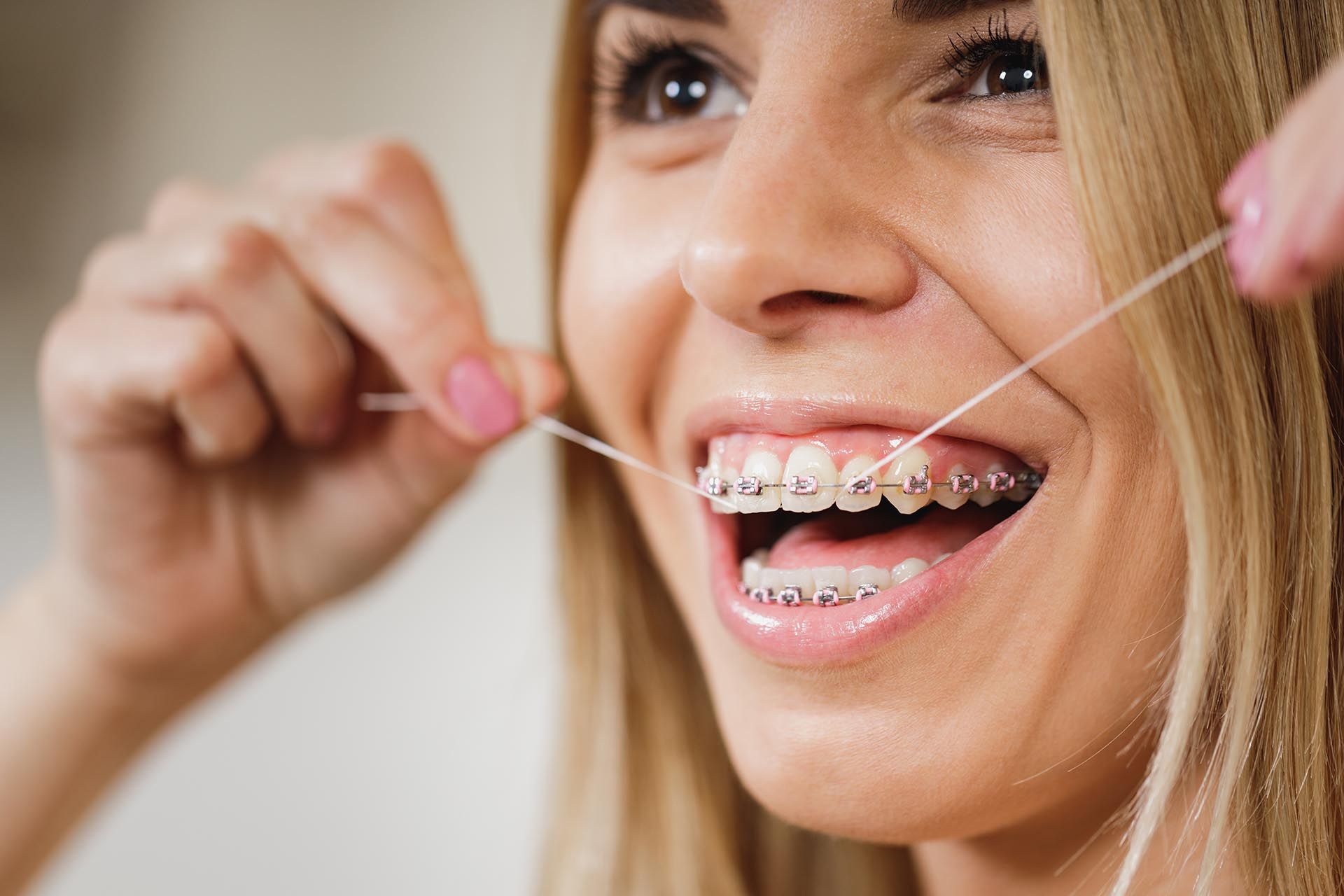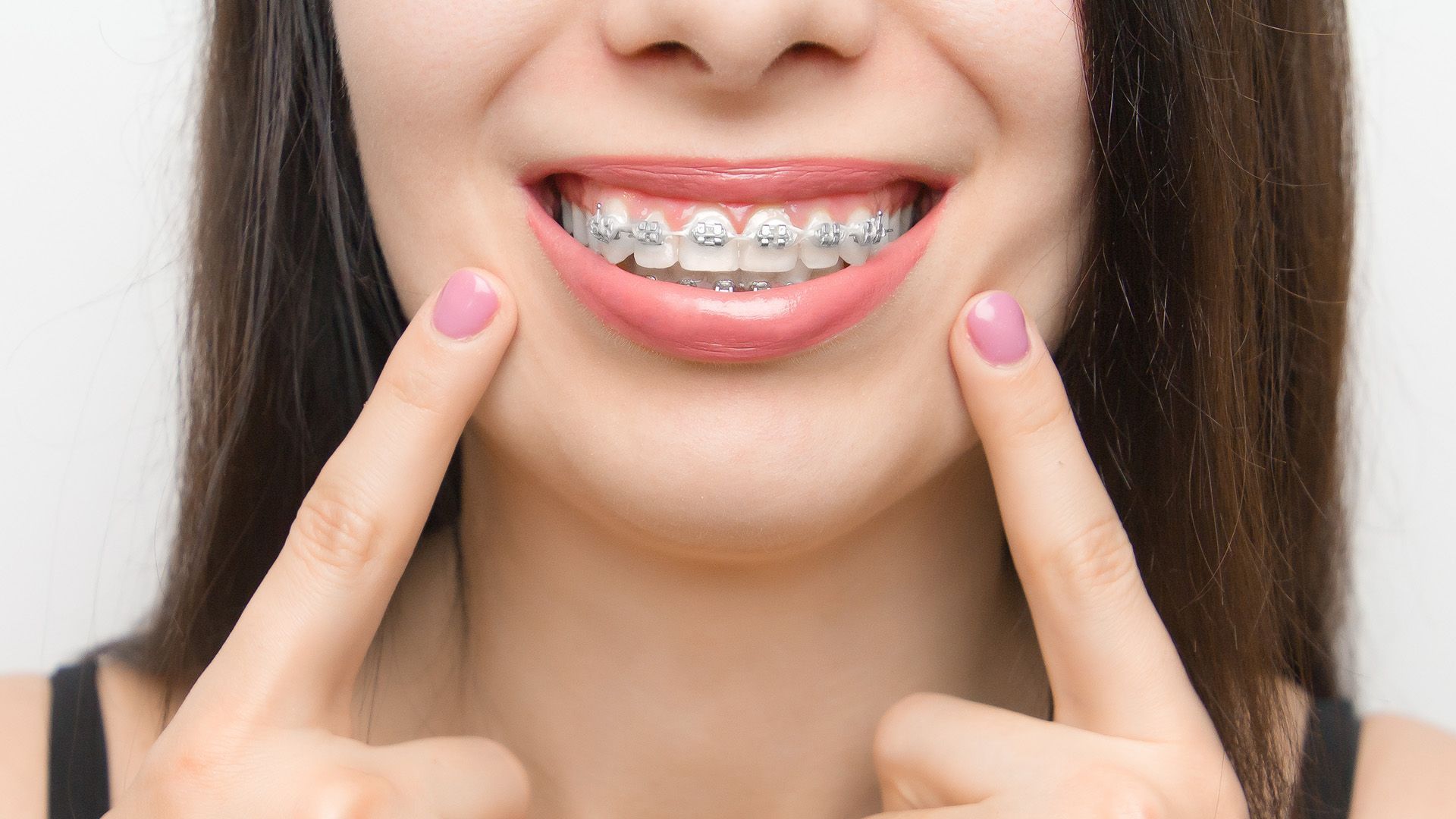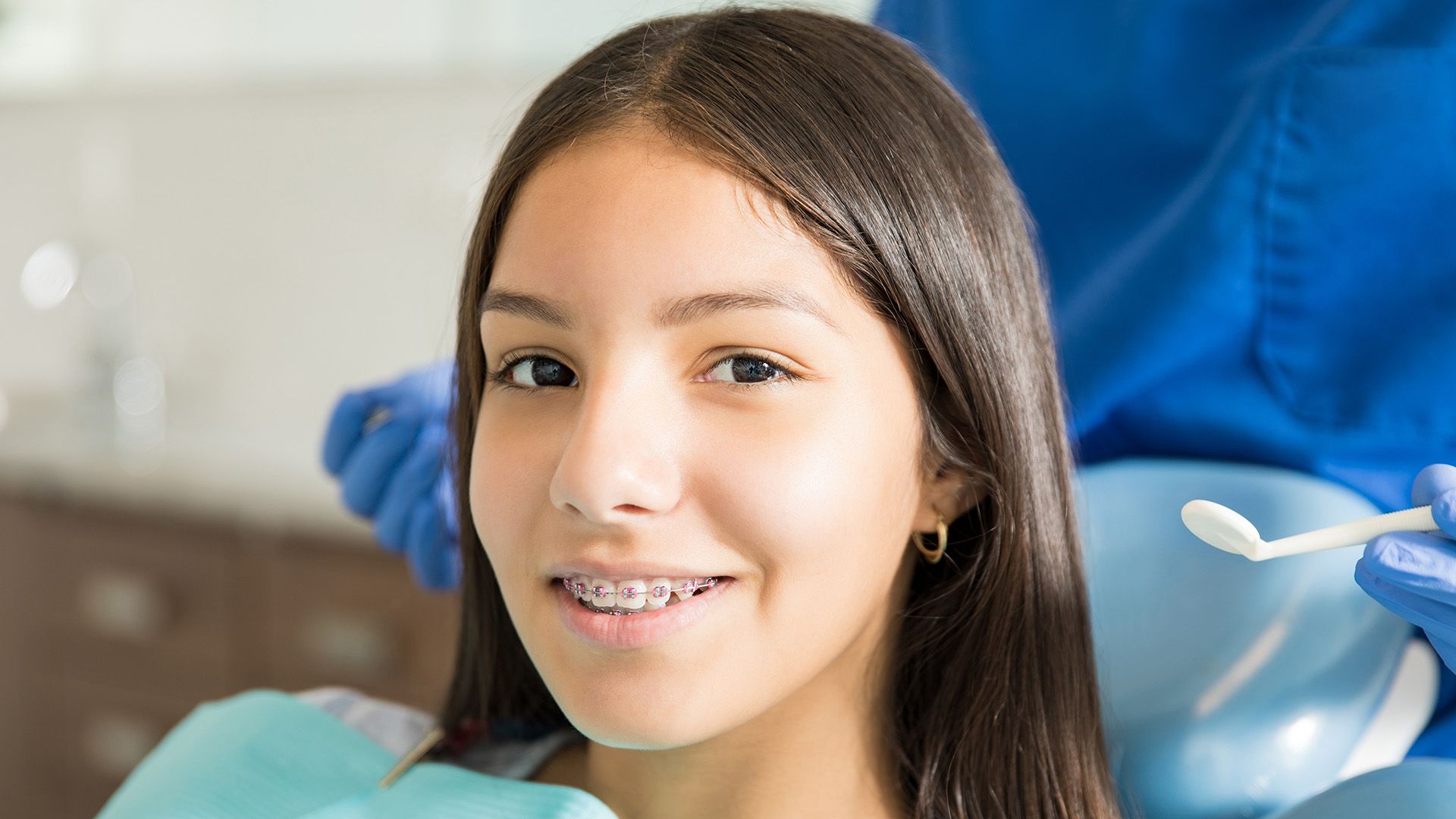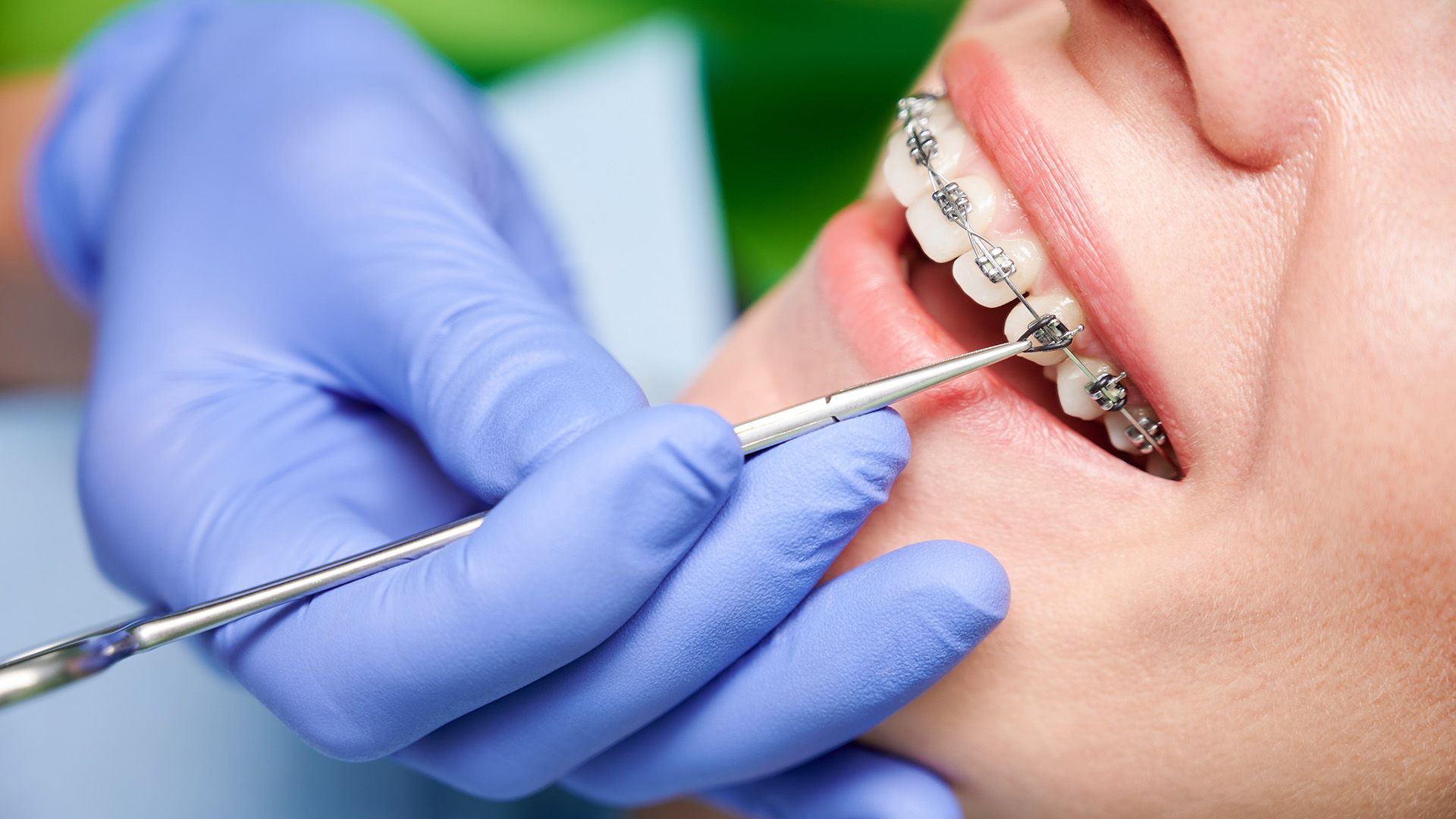Flossing Guidelines: How Often Do You Floss?
Flossing is a critical component of maintaining excellent oral health. It removes plaque and food particles that brushing might miss, thus preventing gum disease and tooth decay. So, how many times a day should you floss?
For optimal oral hygiene, dentists advise flossing at least once a day. This practice ensures the effective removal of debris from between your teeth and along the gumline. If you have braces, regular flossing becomes even more essential, as flossing with braces creates additional spaces for food particles to get trapped, heightening the risk of plaque buildup.

To establish a consistent flossing routine, choose a time that works best for you, whether it's in the morning or before bedtime. Consistency is key. Be sure to use proper flossing techniques, gently gliding the floss between each tooth and along the gumline.
Why is Flossing Important?
Incorporating flossing into your daily routine is crucial for preventing tooth decay and gum disease, removing plaque and food particles, and maintaining healthy gums. Brushing cleans the surfaces of your teeth, but cannot reach the tight spaces between them where bacteria and food particles accumulate, potentially forming plaque and tartar. Daily flossing removes these harmful substances, minimizing the risk of cavities and gum inflammation.
Flossing also helps remove plaque and food particles from hard-to-reach areas. Plaque, a sticky film of bacteria, constantly forms on your teeth and, if left undisturbed, can harden into tartar that only a dental professional can remove. Regular flossing breaks up plaque and prevents its buildup, keeping your teeth clean and healthy.
Additionally, flossing maintains healthy gums. Plaque and bacteria along the gumline can cause gum inflammation and lead to gum disease. Flossing removes these harmful substances, reducing the risk of gum problems and keeping your gums in optimal condition.
At Baptiste Orthodontics, we understand the importance of proper oral care. Our team of experienced orthodontists and dental professionals is dedicated to providing personalized treatment and guidance to help you achieve a healthy and beautiful smile. Incorporating flossing into your daily routine is one of the many ways to maintain optimal oral health.
Flossing With Braces
Flossing is crucial for good oral hygiene, especially with braces. Flossing with braces creates additional spaces where food particles and plaque can get trapped, leading to tooth decay, gum disease, and bad breath. Regular flossing keeps your teeth and gums healthy throughout orthodontic treatment.
When flossing with braces, using the right technique ensures effective cleaning without damage. Here’s a guide:
- Thread the floss under the archwire of your braces, using a floss threader if needed.
- Gently slide the floss up and down between each tooth, going beneath the gumline. Avoid snapping the floss to prevent damage to the wire or brackets.
- Use a clean section of floss for each pair of teeth.
- Don’t forget to floss behind your back teeth.
While traditional waxed floss works well, alternatives like floss threaders, water flossers, and interdental brushes can be more comfortable or convenient for people with braces. Floss threaders help thread floss under the archwire, water flossers use a pulsating stream of water to remove plaque, and interdental brushes clean between teeth and around braces.
Regardless of the method, flossing at least once a day is essential. Consistent flossing prevents oral health issues and ensures a beautiful, healthy smile once your braces come off.
When Should You Floss?
Flossing is essential for maintaining good oral hygiene, but when is the best time to floss? The American Dental Association (ADA) recommends flossing before brushing your teeth. This removes plaque and food particles from between your teeth, allowing your toothbrush and toothpaste to clean all surfaces more effectively.
The best time to floss is when you can give it proper attention, without rushing. Some prefer to floss in the morning, while others find it more convenient at night before bedtime. The key is to make it a daily habit.
To make flossing a habit, find a time that works best for you and stick to it. You can floss before or after brushing, whichever feels more comfortable. Use a gentle back-and-forth motion, being careful not to snap the floss into your gums.
At Baptiste Orthodontics, we understand the importance of flossing in achieving and maintaining a healthy smile. Our team of experienced professionals provides personalized guidance and support in your dental care journey. Contact us today to schedule an appointment and learn more about our orthodontic services.
How Many Times Should You Floss a Day?
Flossing is vital for maintaining good oral hygiene. It removes plaque and food particles from between your teeth and along the gumline, where your toothbrush cannot reach. But how many times a day should you floss?
According to dental experts at Baptiste Orthodontics, flossing at least twice a day is recommended. Flossing before brushing helps remove debris, making it easier for the toothbrush to clean effectively. Flossing at night removes any remaining food particles and plaque, reducing the risk of gum disease and tooth decay while you sleep.
Flossing twice a day prevents plaque buildup, which can harden into tartar and lead to gum disease. Regular flossing also removes stains between your teeth, giving you a brighter smile. Additionally, flossing promotes healthy gums by stimulating blood circulation and preventing inflammation. It can also reduce bad breath by eliminating odor-causing bacteria.
While flossing twice a day is recommended, avoid flossing too aggressively or frequently, as it can cause gum irritation or damage delicate gum tissue. It’s important to floss gently and use the proper technique to avoid potential harm.
At Baptiste Orthodontics, we understand the importance of maintaining proper oral hygiene. Our team of experts can provide guidance on the correct flossing technique and recommend the most suitable floss for your specific needs. Remember, regular and correct flossing, along with brushing and regular dental visits, is crucial for a healthy and beautiful smile.
Proper Flossing Technique
Proper flossing technique is essential for maintaining good oral hygiene and preventing dental problems. Here are some important aspects to consider:
Choosing the right floss: Various types of floss are available, such as nylon floss, waxed floss, and flavored floss. At Baptiste Orthodontics, we recommend using dental floss that is comfortable and easy to use. Our orthodontic experts can guide you in choosing the right floss for your specific needs.
Step-by-step guide to flossing: To properly floss your teeth, start by taking approximately 18 inches of floss and wrap it around your middle fingers, leaving a few inches of floss to work with. Gently guide the floss between your teeth using a back-and-forth motion. Curve the floss around each tooth in a C shape and move it up and down to remove plaque and food particles. Make sure to floss both sides of every tooth, including the back teeth.
Common flossing mistakes to avoid: One of the most common mistakes people make while flossing is using too much force, which can cause gum irritation or bleeding. Be gentle yet thorough. Avoid using the same section of floss for multiple teeth, as it can spread bacteria. Always use a clean section of floss for each tooth.
Flossing should be done at least once a day to effectively remove plaque and maintain optimal oral health. If you have any questions or need further guidance on proper flossing technique, our team at Baptiste Orthodontics is here to help.
Contact us today to schedule an appointment and take the first step towards a healthier smile.













